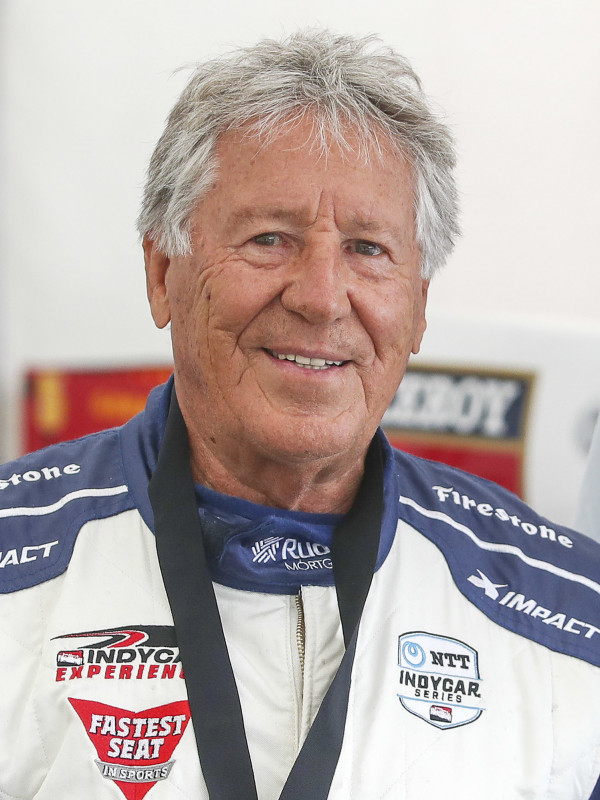A closer look at the defining struggles that shaped Mario Andretti's life and career.
Mario Andretti is a highly accomplished American former racing driver, renowned for his success across various racing disciplines. He notably won the Formula One World Drivers' Championship in 1978 and achieved 12 Grand Prix victories. In American open-wheel racing, he secured four IndyCar National Championship titles and triumphed at the Indianapolis 500 in 1969. His accomplishments extend to stock car racing with a Daytona 500 win in 1967 and endurance racing with three 12 Hours of Sebring victories, solidifying his legacy as one of the most versatile and successful racers in history.
1948: Istrian-Dalmatian Exodus
In 1948, the Andretti family joined the Istrian–Dalmatian exodus, losing their land and possessions.
1964: Initial IndyCar Drive Search
In 1964, Mario Andretti spent the first portion of the season trying to find a full-time IndyCar drive. He was initially turned down by DVL, and forced to sit out the 1964 Indianapolis 500.
1967: Losing the USAC Championship to A. J. Foyt
In 1967, Andretti lost the USAC championship to A. J. Foyt. Although Andretti won eight races, Foyt won the 1967 Indianapolis 500. Goodyear arranged for Foyt to commandeer Roger McCluskey's car to prevent Andretti from winning, leading to Foyt winning the championship by 80 points. Andretti also received his first Driver of the Year award in 1967.
1968: Italian Grand Prix Debut and Disqualification
In 1968, Andretti joined Lotus for the Italian Grand Prix. He beat the Monza lap record in testing but was later disqualified for flying back to America for a race.
1968: Losing the title at Riverside
In 1968, Andretti lost the title at the final race of the season at Riverside. Despite holding a lead over Bobby Unser, his engine failed, leading to Unser winning the title by 11 points. Andretti set records for second-place and podium finishes in a season.
1969: Team Split After Championship
Following the 1969 title season, the core of the team split up when Goodyear persuaded STP mechanics Clint Brawner and Jim McGee to start their own team.
1969: Career-Ending Accident for Aldo
In 1969, Aldo, Mario's twin brother, suffered a career-ending accident.
1970: Fifth-place finish and STP Formula One team shut down
In 1970, Andretti settled for a fifth-place finish. The STP Formula One team shut down after one season.
1971: Decline in USAC Performance
In 1971, Andretti's performance declined. He fell to ninth in USAC's paved track championship and scored no points in the dirt track standings.
1975: Formula One driver; Disappointment with Parnelli VPJ4; Firestone pulls out; Frequent brake failures; Spanish Grand Prix; Swedish Grand Prix; 14th in Championship
In 1975, Mario Andretti became a full-time Formula One driver but was disappointed with the Parnelli VPJ4 due to its design and the withdrawal of sponsor Firestone, which led to poor performance and frequent brake failures. At the Spanish Grand Prix in 1975, he qualified fourth and briefly led after a crash but retired due to suspension damage. He nearly died at the Swedish Grand Prix due to brake failure, finishing fourth in the backup car. He finished 14th in the Drivers' Championship, scoring five points.
1976: Parnelli withdraws from Formula One
In 1976, Andretti started the year with Lotus, returning to Parnelli for two races before Parnelli withdrew from Formula One after round three due to sponsor Viceroy withdrawing funding. Andretti learned about the decision from a reporter.
1977: Engine failures and other issues
In 1977, Andretti endured a difficult season, suffering engine failures while leading at Spielberg, in second at Silverstone, and battling for third at Zandvoort. His engine also failed at Hockenheim. He also ran out of fuel at three races and retired in third at Interlagos with an electrical failure, and crashed at Zolder while fighting for the lead. Andretti finished third in the Drivers' Championship.
1978: Imperial Tobacco pulls funding; Lotus 80 development
Following the 1978 title season, lead sponsor Imperial Tobacco pulled funding. In 1979, the Lotus 80 was rolled out, with downforce overwhelming the car's suspension.
1979: Winless Season with Lotus
In 1979, Mario Andretti had a winless campaign with Lotus.
1979: Lotus 80 problems and return to Lotus 79
In 1979, the Lotus 80 had porpoising issues, and the weak chassis popped out rivets while driving. Andretti scored a podium in the car's debut but returned to the Lotus 79 after only three races. Andretti finished 12th in the standings.
1980: Development of Lotus 88; Unsuccessful season
In 1980, Chapman tried to solve the problems with the Lotus 80 by developing the Lotus 88, a complex and innovative carbon-fiber, dual-chassis structure. The team used a transitional car, the Lotus 81, for 1980, while Chapman developed the 88. Andretti scored only one point all season.
1980: Another Winless Season
In 1980, Mario Andretti experienced another winless campaign with Lotus.
1981: Departure from Lotus; Banning of Lotus 88
In 1981, Andretti left Lotus at the end of the 1980 season, shortly before Chapman was about to unveil the Lotus 88. After his departure, the FIA banned the Lotus 88 in 1981.
1985: Newman/Haas distributes Lolas
In 1985, Newman/Haas agreed to distribute the Lolas to more competitors, watering down its technical advantage. After a fast start, Andretti recorded only one more top-five finish and finished fifth in the standings.
Mentioned in this timeline
IMAX is a proprietary system utilizing high-resolution cameras film formats...
The United States of America is a federal republic located...
California is a U S state on the Pacific Coast...
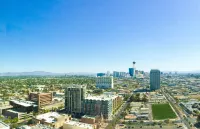
Las Vegas Nevada's most populous city and the seat of...
Pennsylvania is a U S state located in the Mid-Atlantic...

Los Angeles is the most populous city in California and...
Trending

4 months ago Jon Bon Jovi and Dorothea to Speak at Power of Pink Fundraiser's 30th Year
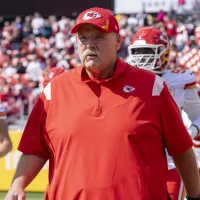
14 days ago Andy Reid Addresses Media, Mahomes Allegedly Takes a Shot, Chiefs Emphasize Run
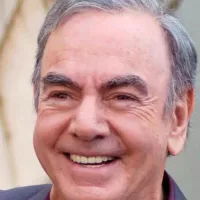
4 days ago Hugh Jackman & Kate Hudson surprise NYC bar with Neil Diamond tribute.

7 months ago Lena Dunham debuts dark hair transformation and unveils 'Too Much' Netflix series release date.

5 days ago Aaron Wiggins seizes opportunity with OKC Thunder injuries, recovers from adductor issue.
2 days ago Jalen Williams' Impact: Thunder, Warriors Matchups, Dort's Future, Injury Return
Popular
Matt and Ross Duffer known as the Duffer Brothers are...
Aftyn Alyssa Behn is an American politician currently serving as...

Candace Owens is an American conservative political commentator and author...

XXXTentacion born Jahseh Dwayne Ricardo Onfroy was a controversial yet...

Ilhan Omar is an American politician currently serving as the...
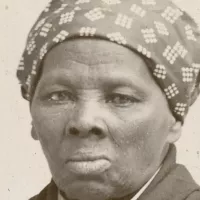
Harriet Tubman was a pivotal American abolitionist and social activist...
